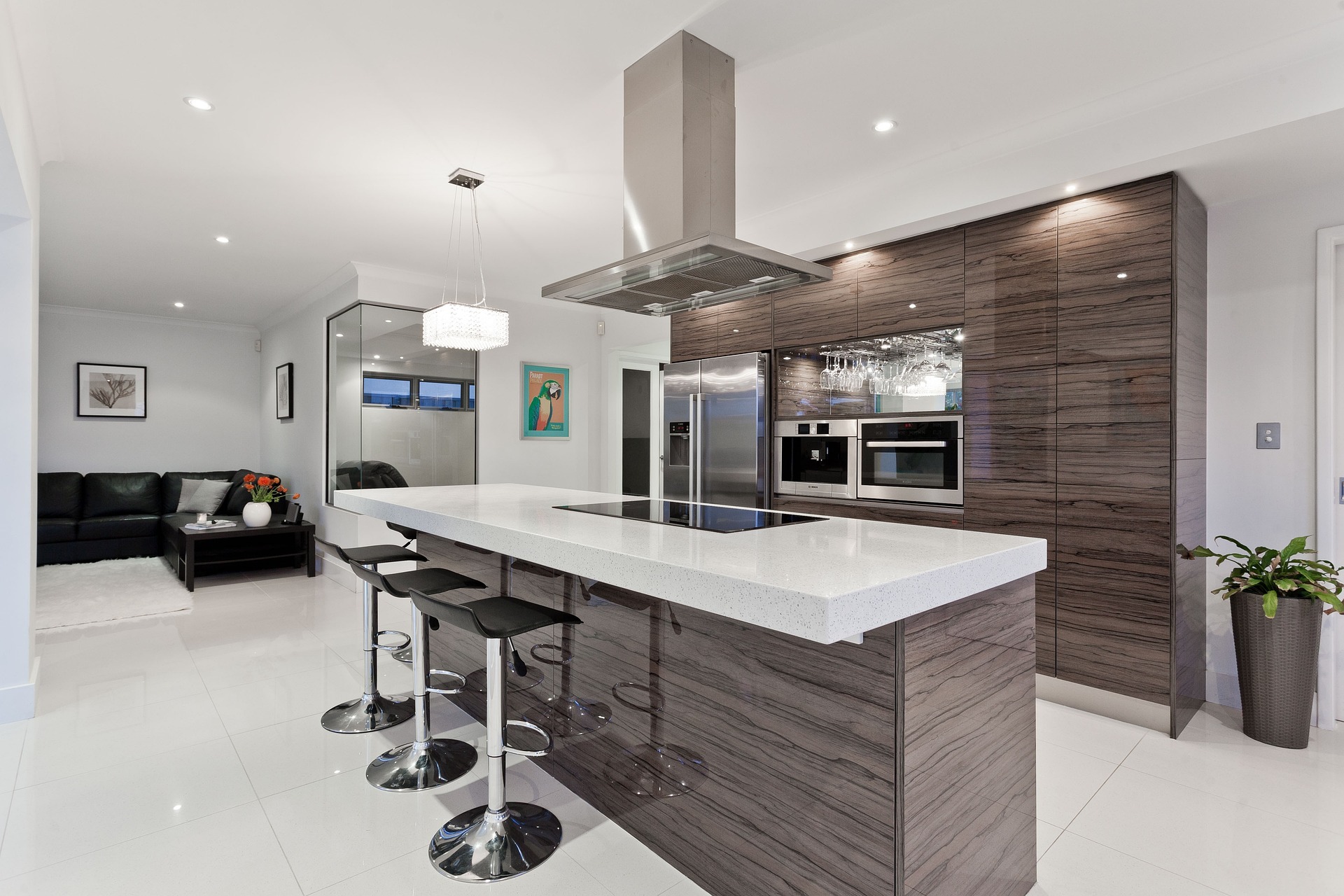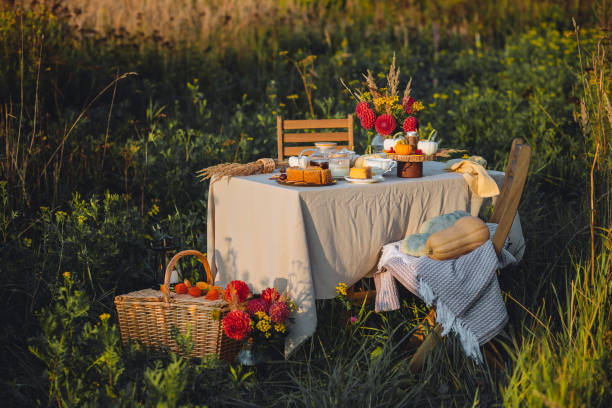The Resurgence of Wabi-Sabi in Modern Homes
The ancient Japanese philosophy of Wabi-Sabi is making a comeback in the world of interior design. This aesthetic concept embraces the beauty of imperfection, naturalness, and the passage of time. Let's delve deeper into its origins, current adaptations, and how it can transform your home into a sanctuary of serenity.
A Journey Back in Time: The Origins of Wabi-Sabi
The roots of Wabi-Sabi extend back to the 15th century, during the Muromachi period in Japan. Originally linked to the Zen Buddhism philosophy, it emphasizes the acceptance of transience and imperfection. The term “Wabi” signifies rustic simplicity and understated elegance, while “Sabi” denotes the beauty that comes with age. Instead of striving for perfection and symmetry, Wabi-Sabi celebrates flaws, appreciating things as they are.
The Wabi-Sabi Aesthetic: Current Design Trends
In contemporary interior design, Wabi-Sabi is recognized as an antidote to the perfectionism and mass-produced uniformity prevalent in modern homes. It champions a return to natural materials, handcrafted items, and a color palette inspired by nature. Elements like worn wooden furniture, hand-thrown pottery, or a rusted iron teapot embody this aesthetic. The trend also encourages decluttering, allowing for a peaceful, serene living space.
Practicality and Appeal: Wabi-Sabi in Daily Living
Choosing to incorporate Wabi-Sabi into your home design is more than just an aesthetic decision. It’s a mindset that promotes mindfulness, contentment, and appreciation of simple pleasures. This philosophy can be incredibly practical, as it discourages excessive consumerism and encourages the repurposing and repair of items, contributing to a less wasteful lifestyle.
Wabi-Sabi: A Market Trend Worth Watching
The market for Wabi-Sabi inspired decor has been on the rise, with an increasing number of homeowners seeking unique, handcrafted items that possess an element of time-worn charm. According to a report by Grand View Research, the global market for handmade crafts reached $526.5 billion in 2021, reflecting a growing appreciation for artisanal, one-of-a-kind pieces that embody the Wabi-Sabi philosophy.
Unleashing the Wabi-Sabi Spirit: Transforming Your Home
Embracing Wabi-Sabi in your home doesn’t require a complete overhaul. Start by appreciating the existing elements in your living space that reflect this aesthetic. Perhaps it’s an old wooden table with a beautiful, weathered patina, or a chipped ceramic bowl that tells a story. Introduce more natural materials, opt for muted, earthy colors, and declutter your space. Remember, it’s about embracing simplicity, authenticity, and the beauty of imperfection.
In a world obsessed with perfection, Wabi-Sabi offers a refreshing perspective. It’s not just about decorating your home; it’s a lifestyle choice that encourages you to slow down, appreciate the simple things, and find beauty in the ordinary. As you incorporate Wabi-Sabi principles into your home, you might just find that you’re not only transforming your living space but also your way of life.






